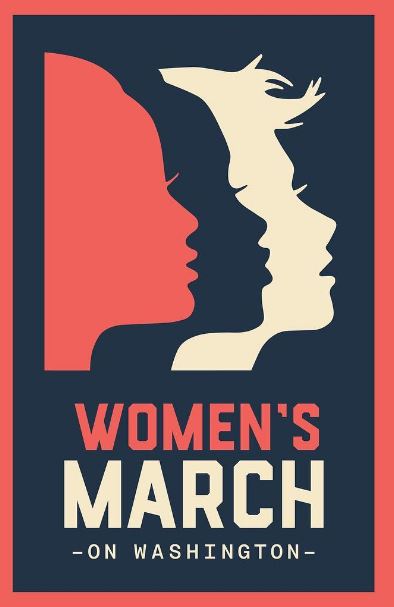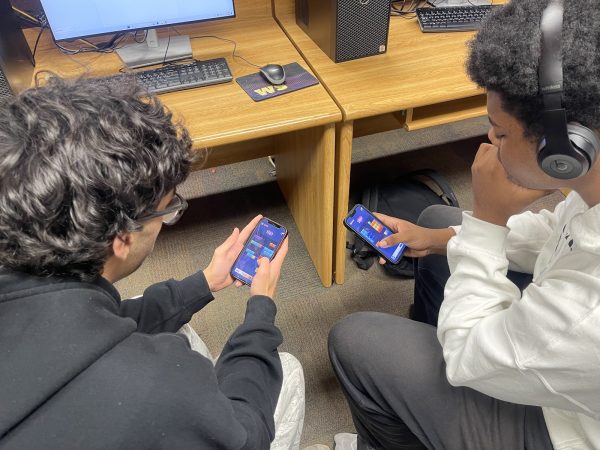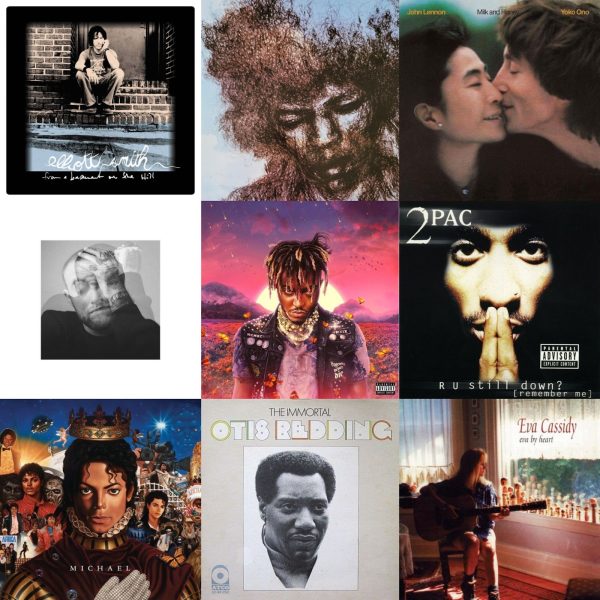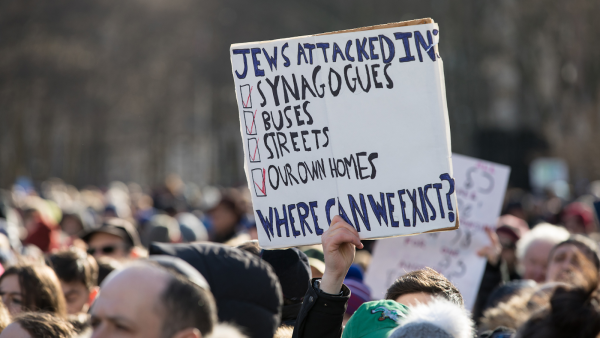Is Feminism Experiencing a Revival?
On January 21st, 2017, various women’s marches were held throughout the world.
Closely following the events of President Trump’s inauguration, the Women’s March on Washington, and the sister marches taking place in almost every state across America (and even some cities abroad), the talk centering around feminism seems to be making a comeback in society. With the growing feminist discussion, the topics of women’s rights and sexual inequalities are also on the rise—problems which have never diminished but a conversation which has recently been in active decline.
On January 21st, 2017, over four million Americans gathered from around the country petitioning for not only gender equality but also the protection of immigrants, minority rights, and healthcare reforms–just to name a few. The main event took place in the capital city of Washington D.C., and millions of people turned out to witness and participate in a historically memorable event.
Keynote speakers at the Washington march include renowned feminist, Gloria Steinem, and actresses, America Ferrera and Scarlett Johansson.
The Washington march and the numerous sister rallies across the country were aimed at the obtaining of rights for all and directed towards President Donald Trump as the marches followed only one day after his inauguration on January 20th, 2017. Spurred by some of Trump’s misogynistic and generally discriminatory statements, both women and men called for a joint effort in preserving the United States’ open and community-driven democracy.
“Our constitution does not begin with ‘I, the President’,” as women’s rights activist, Gloria Steinem, remarked during her speech at the Washington march. “It begins with, ‘We, the People.’ I am proud to be one of thousands who have come to Washington to make clear that we will keep working for a democracy in which we are linked as human beings, not ranked by race or gender or class or any other label.”
As many have seen, this modern women’s march is in direct correlation to those of the early 20th century and the struggle for women’s suffrage. On March 1st, 1913—only one day before the presidential inauguration of Woodrow Wilson—a monumental march on Washington took place. Over 5,000 women poured into the heart of the city on foot, in wagon, and on horseback. Six years later, the march had clearly served its purpose as the 19th amendment was passed, giving women the right to vote.
The similarity between the feminist activism of the early 20th century and that of the present is uncanny. Although women are no longer fighting for the right of suffrage, the gender gap is no less present than it was in the 1900s. Women today still face clear inequalities within education, employment, and pay rates. Now, with the Women’s March on Washington having taken place, feminism has developed into a topic of greater discussion.
“[Feminism is] an issue that not a lot of people are aware of,” said junior Pauline Rivera, “and they often don’t understand that it [works for] equal rights for both men and women.”
And even though the march has since ended, the feelings of a want for equality have not lessened. Many rally attendees have since spoken out, confirming that this one day march will not be the end of a short-lived idea but the beginning of a sustained .







